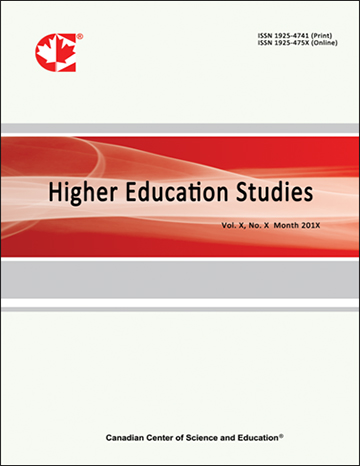The Development of Innovative Learning Management Model for Early Childhood Teachers
- Saksri Suebsing
- Supimol Boonphok
- Nithinath Udomson
Abstract
The goal of this study is to use creative learning to establish a learning management model for primary teachers in the Roi Et Province. Early childhood educators and students from Roi Et Province's Department of Early Childhood Education comprise the sample group. This was acquired using a basic random sampling technique (simple random sampling) with 300 participants. The Learning Innovation Development Guide is one of the instruments utilized in the study. The learning management assessments, standard deviations, and averages are among the statistics that were employed in the data analysis. linear structural relationship analysis and the t test. The findings indicated that the evolution of learning innovation (IML) and learning management practices are directly impacted by it. (BeT) It was statistically significant for early childhood educators at the 0.01 level, with an effect value of 1.04. The model's components can account for the variations in the learning innovation development components. It directly affects learning management behavior (IML). (BeT) of early childhood educators, 90.00% of them are able to account for the variation in another latent internal variable, the development of learning innovation (IML). 82.00%
 PDF
PDF
